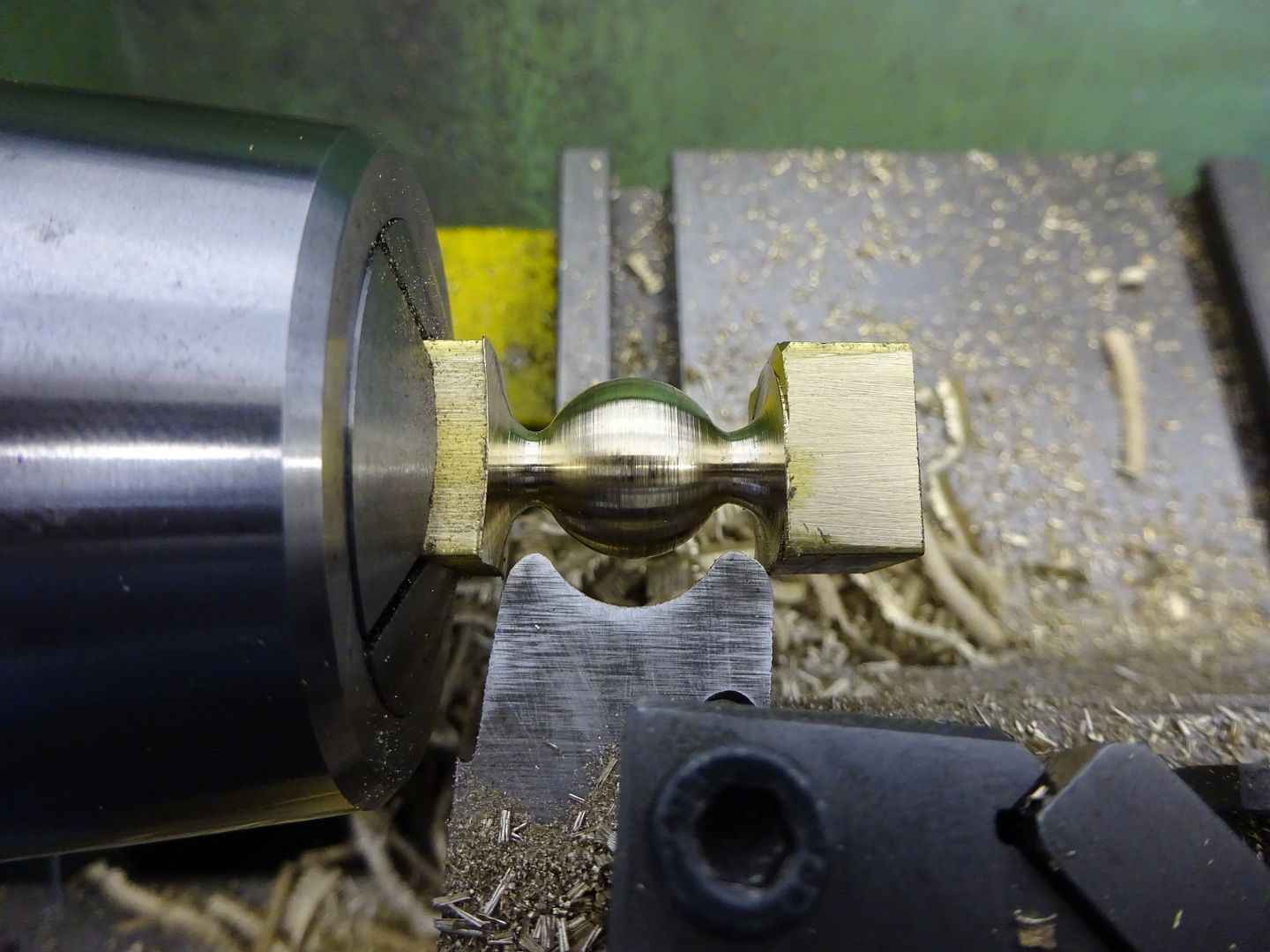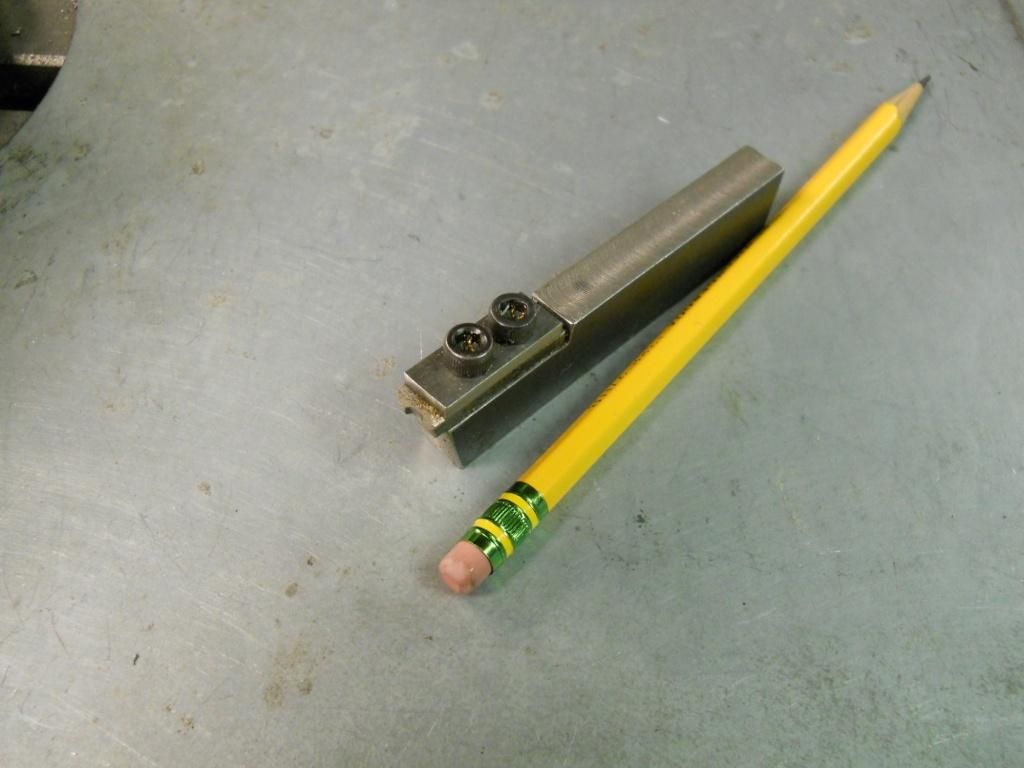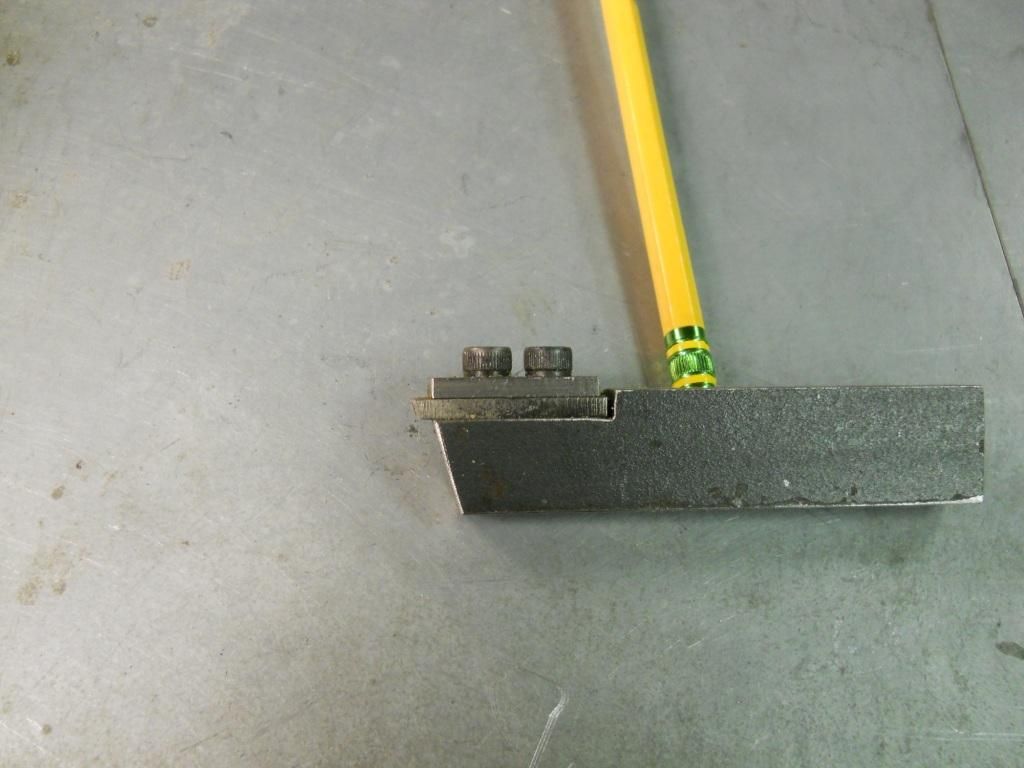Gauge Plate for Form Tools
Gauge Plate for Form Tools
- This topic has 17 replies, 15 voices, and was last updated 10 January 2023 at 18:15 by
 Michael Gilligan.
Michael Gilligan.
Viewing 18 posts - 1 through 18 (of 18 total)
Viewing 18 posts - 1 through 18 (of 18 total)
- Please log in to reply to this topic. Registering is free and easy using the links on the menu at the top of this page.
Latest Replies
Viewing 25 topics - 1 through 25 (of 25 total)
-
- Topic
- Voices
- Last Post
Viewing 25 topics - 1 through 25 (of 25 total)
Latest Issue
Newsletter Sign-up
Latest Replies
- Installing a magnetic DRO on my VM32L
- A lot of al/alloy, new engine, just finished
- Record 74 auto vice
- Amadeal lathes – Any good??
- Starting up again if I can find a plan
- Boiler Design – issue 4765
- How to balance a cup grinding wheel
- Hofmann Rollers
- Adcock And Shipley vertical milling head – worth anything?
- “Your Sketch Is Not Closed,” says Alibre Atom, “So tough!”HERE?ERE?









